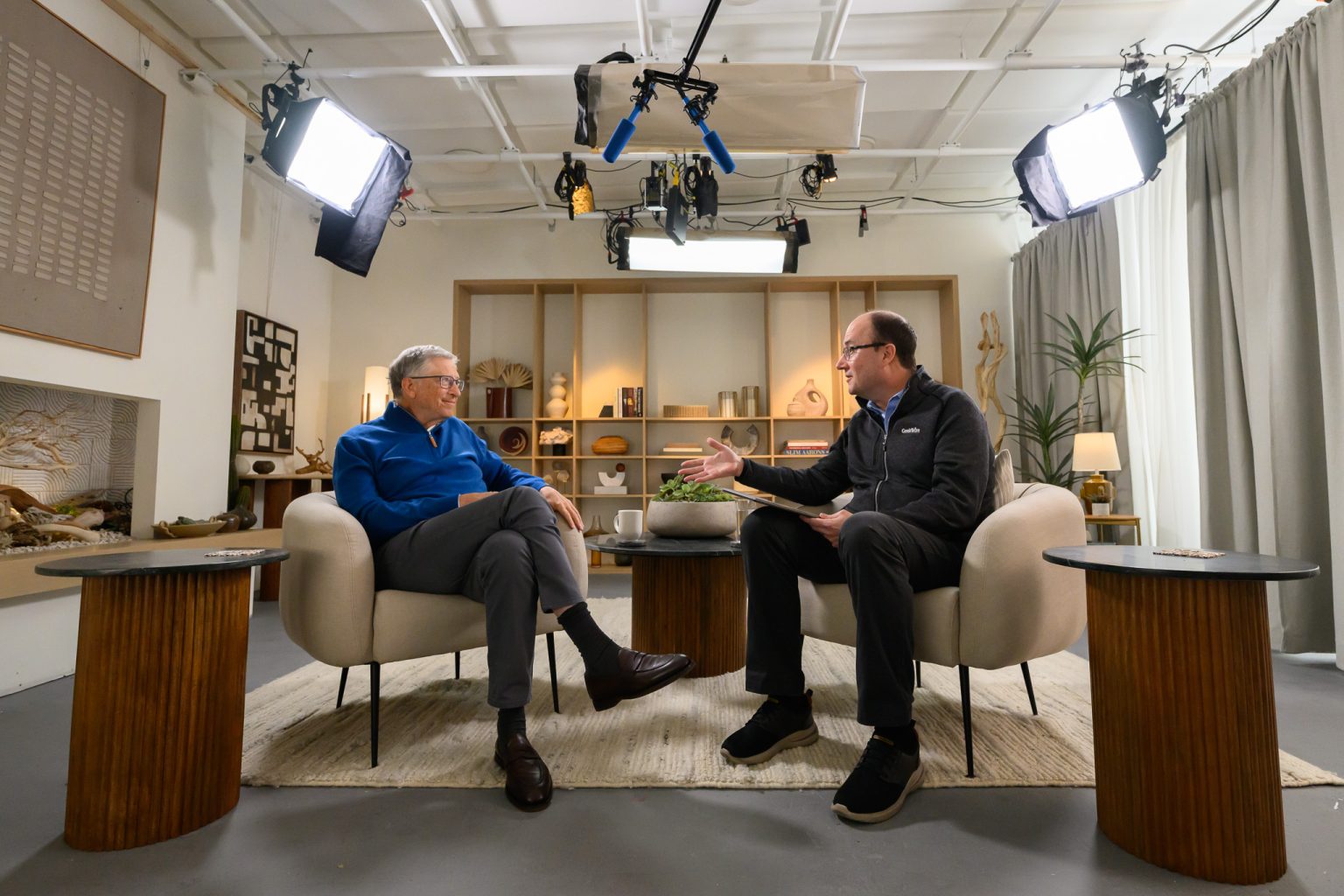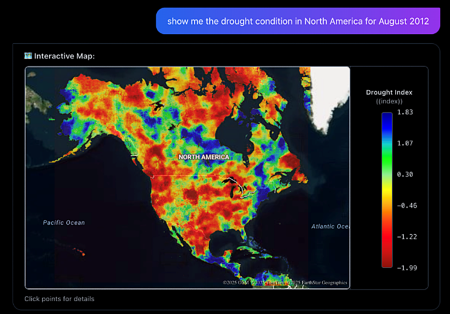Bill Gates’s recently published memoir, “Source Code: My Beginnings,” offers a candid glimpse into the formative years of the tech icon, exploring the confluence of family, friendships, and fortuitous circumstances that propelled him towards a life intertwined with software. Gates attributes his extraordinary journey to a blend of unwavering support and high expectations from his parents, the intellectual stimulation and tragic loss of his close friend Kent Evans, and the provocative, forward-thinking influence of Paul Allen, his future Microsoft co-founder. His parents, though challenged by his sometimes rebellious nature, fostered a stimulating intellectual environment, encouraged interaction with adults, and ultimately guided him through a period of adolescent turmoil with the help of a therapist. This combination of familial support and professional guidance helped shape Gates’s approach to life and problem-solving.
The book delves into the complex dynamic between Gates and his parents. While acknowledging their unwavering love and support, Gates recounts his struggles with authority and the unique challenges his parents faced in raising him. He candidly admits to being a difficult child, a period of his life that ultimately led to therapy. This experience proved pivotal, teaching him to redirect his energy away from conflict with his parents and towards more productive pursuits. The narrative underscores the profound impact of parental guidance and the importance of seeking help when navigating personal challenges. Gates highlights his parents’ encouragement for him to engage with adults, which honed his communication skills and exposed him to a wider range of perspectives. He credits this early exposure to complex topics, like antitrust law, with fostering his intellectual curiosity and shaping his understanding of the world.
The friendships with Kent Evans and Paul Allen are painted as crucial turning points in Gates’s life. Evans, described as intellectually driven and ambitious, introduced Gates to a broader view of the world and sparked his interest in business and technology. His untimely death left a void in Gates’s life, but also served as a catalyst for his future endeavors. Allen, with his fascination with Moore’s Law and the exponential growth of computing power, ignited Gates’s passion for software and instilled a sense of urgency to capitalize on the burgeoning technological revolution. Their shared vision and complementary strengths laid the groundwork for the future of Microsoft. Allen’s influence extended beyond the professional realm, introducing Gates to new experiences and challenging his perspectives, further shaping his personal development.
Gates also offers a poignant reflection on his unique cognitive style, suggesting he exhibits traits consistent with the autism spectrum. He describes his intense focus, tendency towards deep dives into specific subjects, and social awkwardness as characteristics that set him apart. Rather than viewing these traits as limitations, Gates emphasizes how they have contributed to his success, highlighting the importance of embracing individual differences and leveraging unique strengths. This self-awareness and acceptance of his neurodiversity add another layer of depth to Gates’s narrative. He stresses the value of recognizing individual differences and finding ways to turn perceived weaknesses into advantages.
Looking back on his life at 70, Gates expresses surprise at the rapid pace of innovation in areas like artificial intelligence, climate technology, and global health. This acceleration, he notes, contrasts sharply with the increasing instability and polarization of the world, a phenomenon he finds unexpected and concerning. This observation prompts reflection on the broader context of technological advancement and the importance of addressing societal challenges alongside pushing the boundaries of innovation. He acknowledges the dichotomy between rapid technological progress and the increasing complexity of global issues, urging for a balanced approach that leverages innovation to address pressing societal challenges.
The process of writing “Source Code,” Gates reflects, has prompted introspection about his legacy and how he wants to utilize his remaining time and resources. With a focus on philanthropy through the Gates Foundation, he emphasizes the importance of maximizing the impact of his efforts, particularly in areas like climate change mitigation and global health improvement. He acknowledges the transient nature of political landscapes and the potential for policy setbacks, but remains optimistic about the transformative power of innovation, especially in developing cost-effective and sustainable technologies. Gates’s narrative ultimately conveys a message of purposeful engagement with the world, driven by a desire to contribute meaningfully and leave a positive impact for future generations. The book serves not just as a personal retrospective but also as a call to action, encouraging readers to embrace the power of innovation and work towards a better future.















